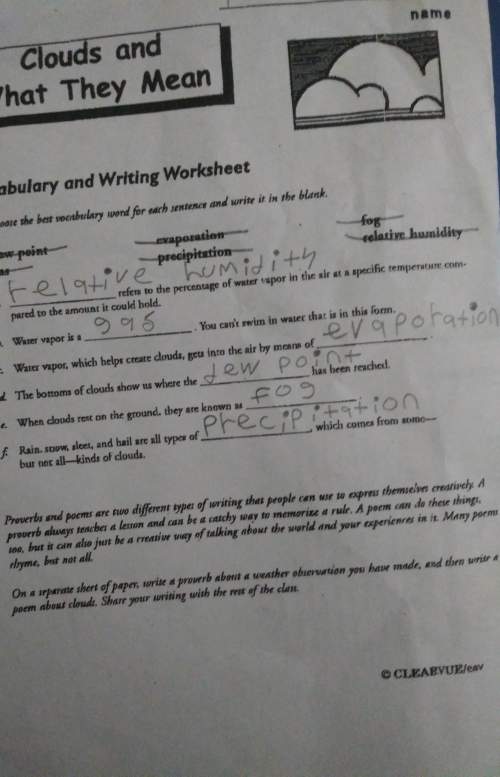
Physics, 15.07.2021 18:10 Trendymwah9738
A block of mass m = 1.60 kg starts from the rest and slides down a 30.0∘ incline which is 3.60 m high. At the bottom, it strikes a block of mass M = 7.00 kg which is at rest on a horizontal surface (Figure 1). (Assume a smooth transition at the bottom of the incline.) The collision is elastic, and friction can be ignored.
Part A: Determine the speed of the block with mass m = 1.60 kg after the collision.
Part B: Determine the speed of the block with mass M = 7.00 kg after the collision.
Part C: Determine what distance along the incline will the smaller mass climb back after the collision.

Answers: 2


Another question on Physics

Physics, 22.06.2019 06:30
At very high pressures, gases become and will eventually a) more dense; become hotter b) more dense; change to a liquid or solid c) less dense; combust d) less dense; turn into a liquid
Answers: 1

Physics, 22.06.2019 09:10
The diagram shows a series of volcanic island and a hot spot determine the direction of movement of the tectonic plate that for the island
Answers: 1

Physics, 22.06.2019 12:50
Which changes would result in a decrease in the gravitational force btween two objects? check all that apply
Answers: 1

Physics, 22.06.2019 19:20
Aproduction line at v. j. sugumaran's machine shop has three stations. the first station can process a unit in 7 minutes. the second station has two identical machines, each of which can process a unit in 16 minutes (each unit only needs to be processed on one of the two machines). the third station can process a unit in 10 minutes. ▼ is the bottleneck station, with a bottleneck time of nothing minutes per unit (enter your response as a whole number).
Answers: 3
You know the right answer?
A block of mass m = 1.60 kg starts from the rest and slides down a 30.0∘ incline which is 3.60 m hig...
Questions

Chemistry, 01.07.2019 13:30


History, 01.07.2019 13:30

English, 01.07.2019 13:30


Mathematics, 01.07.2019 13:30

Chemistry, 01.07.2019 13:30

History, 01.07.2019 13:30


Chemistry, 01.07.2019 13:30

Biology, 01.07.2019 13:30


Physics, 01.07.2019 13:30


Mathematics, 01.07.2019 13:30

History, 01.07.2019 13:30


Geography, 01.07.2019 13:30

History, 01.07.2019 13:30




